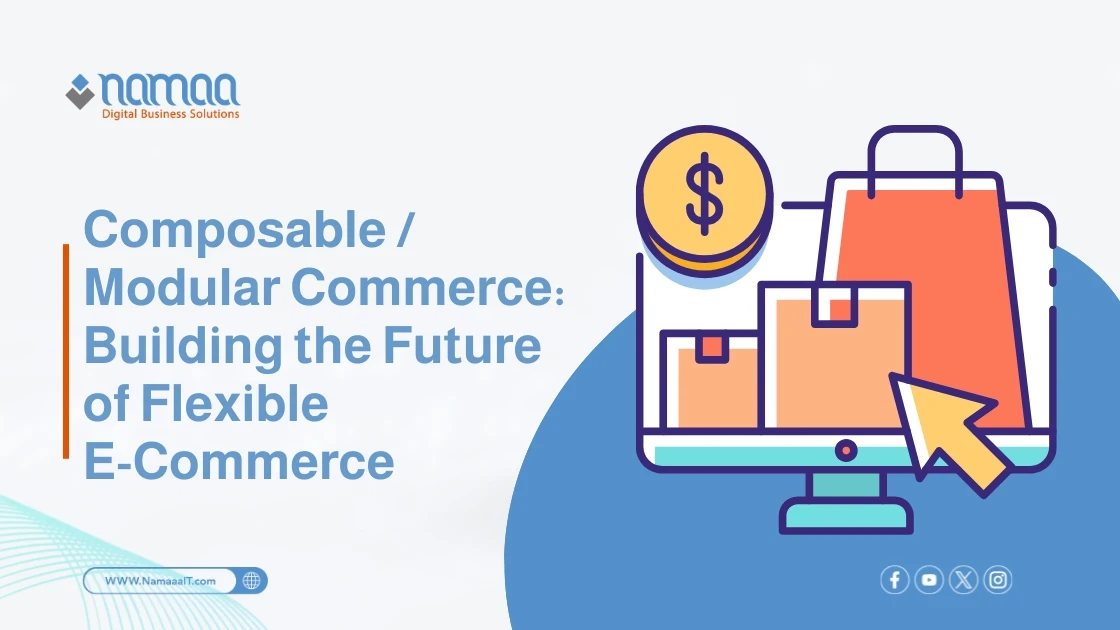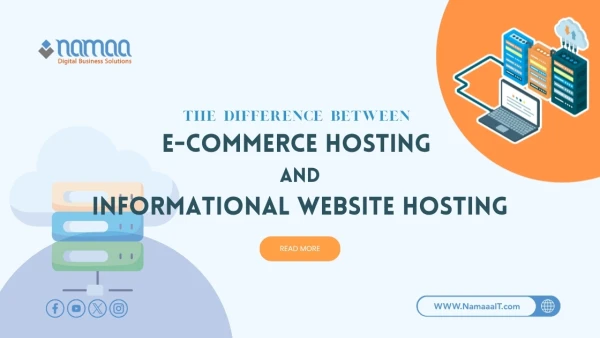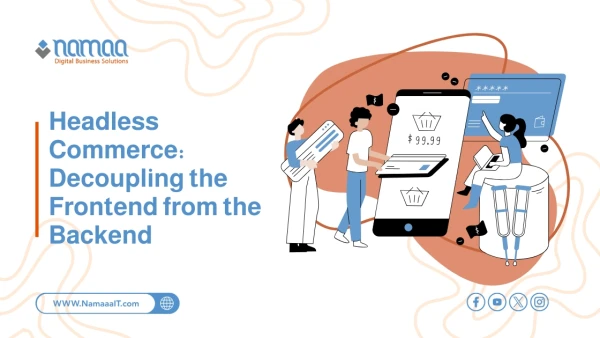Composable or Modular Commerce represents a modern approach to building and managing e-commerce platforms by breaking down a monolithic system into a set of independent, interchangeable services. This model allows businesses to choose the best technology for each function — such as content management, shopping cart, and payment gateways — and integrate them into a customized platform tailored precisely to their needs. Instead of relying on a one-size-fits-all solution, composable commerce provides agility and adaptability to meet changing market demands and evolving customer expectations.
What Is Composable Commerce and How Does It Work?
Composable Commerce is a modern approach to e-commerce platform design based on assembling independent, interchangeable components or services. Unlike traditional monolithic systems where all functions are tightly integrated, composable commerce enables businesses to select and connect the best technology for each function — such as CMS, checkout, payments, and search. These components, known as Packaged Business Capabilities (PBCs), act as building blocks to create a fully customized e-commerce solution.
Difference Between Composable and Traditional Platforms
Traditional (Monolithic) platforms are built as one unified system that combines frontend, backend, and database layers. Any change or feature update requires modifying the entire system. In contrast, composable commerce uses a flexible, decoupled architecture where each function operates independently, allowing teams to modify or replace specific services without disrupting the whole system.
| Feature | Traditional (Monolithic) | Composable Commerce |
|---|---|---|
| Architecture | Single integrated system | Independent, interchangeable services |
| Flexibility | Limited customization | High flexibility, tailored solutions |
| Development Speed | Slow — requires full-system updates | Fast — each service can be updated individually |
| Vendor Dependency | Tied to one provider | Freedom to choose best-of-breed solutions |
How Composable Commerce Gives You a Competitive Edge
Composable commerce empowers companies to adapt quickly to market shifts and customer needs. It enables rapid innovation by integrating new technologies without overhauling the entire platform. This flexibility helps enhance customer journeys, creating more personalized and seamless shopping experiences across channels — driving loyalty and outperforming competitors reliant on rigid systems.
How to Choose Best-of-Breed Solutions for Your Store
Selecting best-of-breed services means identifying the top solutions in each category (e.g., payment, CMS, CRM) rather than relying on an all-in-one platform. Key selection criteria include:
Compatibility & Integration: Ensure the service offers robust, well-documented APIs for smooth integration.
Scalability: Choose solutions that can handle growth in traffic and transactions.
Total Cost of Ownership (TCO): Evaluate not only license fees but also integration, maintenance, and long-term support costs.
Vendor Support: Prioritize providers with strong customer support and proven reliability.
Business Fit: Select tools that align with your market — for instance, payment gateways supporting multiple currencies for global expansion.
The Role of APIs in Composable Commerce
APIs (Application Programming Interfaces) are the backbone of composable commerce. They enable seamless communication between various independent services, allowing developers to connect best-of-breed tools without rebuilding from scratch. An API-first approach ensures every component can efficiently interact with others, making it easy to update or replace parts of the system without disrupting operations.
Digital Marketing Strategies for Composable Commerce
Composable architecture empowers marketers to build advanced, personalized digital strategies by combining powerful tools:
Personalization: Integrate CRM and analytics systems to deliver targeted campaigns and personalized recommendations.
Content Marketing: Connect CMS tools to publish engaging blogs, guides, and videos that attract and convert audiences.
SEO Optimization: Maintain control over technical site elements like URL structures and load speeds for better search performance.
Omnichannel Marketing: Deliver consistent, tailored messaging across websites, mobile apps, social media, and physical stores.
Supporting Omnichannel Shopping Experiences
Composable commerce enables true omnichannel retailing by synchronizing data — such as inventory, customer profiles, and orders — across all sales channels in real time through APIs. This ensures a seamless experience where a customer can start shopping on one channel (e.g., mobile) and complete the purchase on another (e.g., desktop or in-store) without disruption.
The Future of AI in Composable Commerce
The modular nature of composable commerce makes it easy to integrate AI tools — such as advanced recommendation engines, smart chatbots, and predictive analytics — without restructuring the entire system. AI will increasingly automate complex tasks like inventory forecasting, personalized marketing, and customer support, improving efficiency and enhancing user experience.
FAQs
1. What is MACH architecture and how is it related to composable commerce?
MACH stands for Microservices, API-First, Cloud-Native, and Headless. It’s the foundation of composable commerce, providing the flexibility and scalability required for modular systems.
2. Is composable commerce more expensive than traditional platforms?
Initial development and integration may cost more, but long-term savings come from paying only for needed services, avoiding expensive platform licenses, and reducing maintenance costs.
3. What are the main challenges of adopting composable commerce?
Managing multiple vendors, ensuring secure data flows, and maintaining integration consistency can be complex. A skilled technical team and proper planning are crucial.
4. How is data security ensured in a multi-vendor setup?
Security is maintained through encrypted APIs (SSL/TLS), strict access controls, and compliance with standards like PCI DSS for payment protection.
5. Is composable commerce suitable for small businesses?
Yes. Small businesses can start with a few essential services and scale as they grow, making it a cost-effective and flexible choice.
Summary
✅ Composable commerce breaks e-commerce platforms into independent microservices for flexibility and innovation.
✅ It allows businesses to adopt best-of-breed solutions for each function, accelerating development and improving UX.
✅ APIs act as the glue connecting all components into a unified system.
✅ Enables seamless omnichannel experiences by synchronizing data across all customer touchpoints.
✅ Facilitates easy AI integration for automation, personalization, and data-driven growth.









